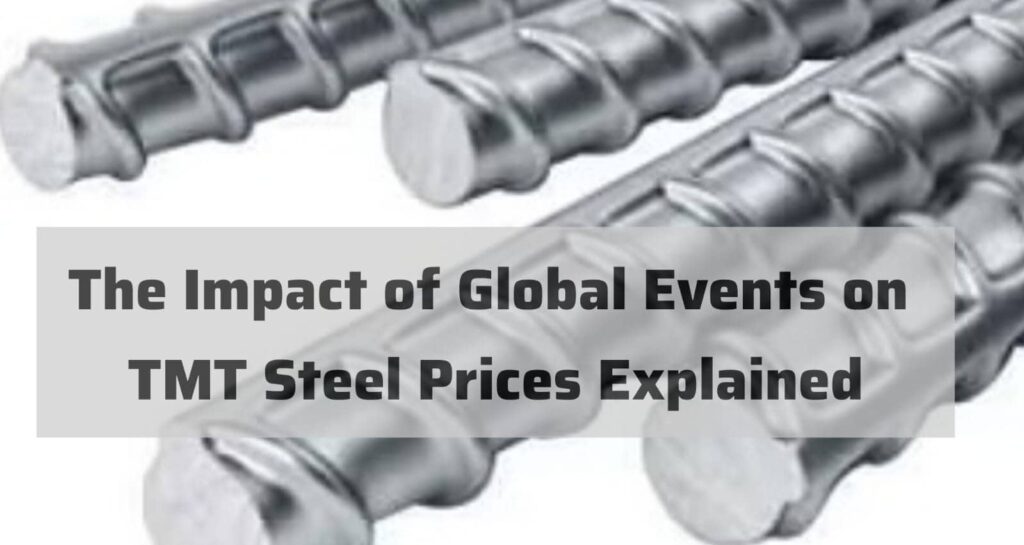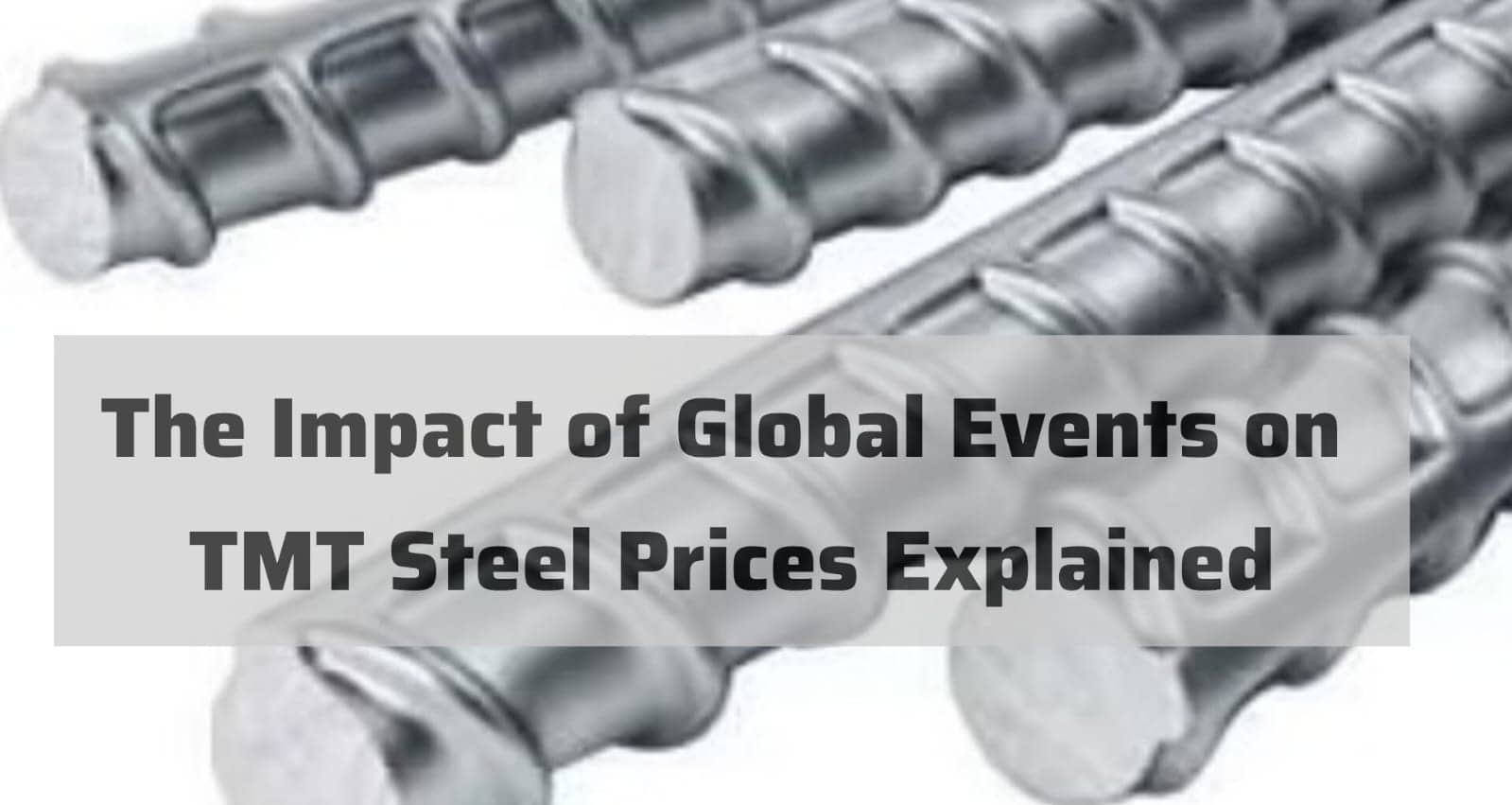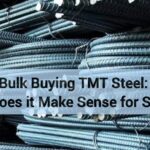The global factor that affects the prices of Thermo-Mechanically Treated (TMT) steel is known to have a way of determining the prices in the market. This is so because the material is crucial in construction and infrastructure projects in all parts of the world.

To understand those impacts, one needs to pay attention to such geopolitical, economic, and environmental factors. They constitute the global steel market as a phenomenon.
Firstly, there may be some negative impacts that arise from geopolitical tensions coupled with conflicts since they may lead to the disruption of supply chains and trade routes. This results in changes in TMT steel prices. For instance, the recent war between Russia and Ukraine has greatly affected the exportation and production of steel. Growth in the consumption of steel in both countries can be attributed to the fact that both countries are major players in the international market for steel. She is right to say that the recent sanctions and limitations on the trade with Russia have limited the supply. This has led to a boost in the price levels due to the scarce availability of raw materials and finished steel products.
Other influences include economic forces whereby the global demand and supply influence the production and distribution of goods. One way is by increased consumption caused by economic growth in the major steel-consuming countries such as China, India, and the United States. This results in a rise in prices. On the other hand, conditions such as economic downturn or recession tend to lead to decreased demand. This has a direct implication on price because it contributes to making the prices lower. The COVID-19 outbreak, however, resulted in decreased demand as construction activities were scaled down. But they went up later due to the opening of economies and the rise in infrastructure investment due to stimulus.
Some of the other factors that affect TMT steel prices include environmental policies and matters relating to sustainability. There are increased tendencies of governments of the world to come up with severe measures to curb carbon emissions. These regulations apply to the manufacturing of steel. The demand for green steel is increasing due to the focus on using less energy and reducing CO2 emissions, which results in higher costs of production. These costs are normally reflected on the consumer’s end in the form of increased prices. Moreover, price volatility of the key inputs, including iron ore and coking coal, for instance, is subject to changes in environmental policies and mining unrest. These fluctuations also affect the market price of TMT steel to a certain extent which is reflected in the final cost.
Finally, one has fluctuation in the prices of raw materials, which can be caused by natural disasters and climate events that disrupt steel production and supply chains. Natural disasters such as floods, hurricanes, and earthquakes are some of the calamities that affect man-made structures and production facilities. This results in supply cuts on the market and increased prices.
Summing it up, the prices of TMT steel can be influenced by several factors that are local and global. These shifts cover political and military actions, economic and business cycles, environmental laws, and climate calamities among others. Stakeholders in the construction and infrastructure industries must have a grasp of these issues. The policy assists them to avoid risks within the volatile market price.


